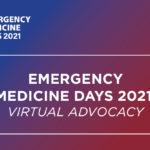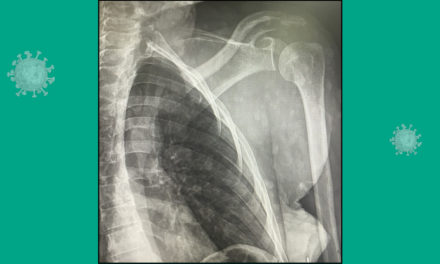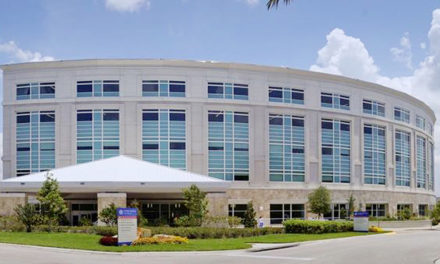Summer 2020: Medical Economics
I want to start by stating the obvious: quarterly print media is not well-suited for current updates on the pandemic. So, I want to take a step back and look at the bigger picture. This article contains a lot of complex questions to encourage reflection and dialogue, and absolutely no answers. I want to look at the role that emergency medicine has played over the past months, briefly glance into our potential future, and recognize the fragility of our healthcare system. I know that I am not the only person who has been sitting on shift and thinking about these things; and I know that we have many terrific leaders across the state who are innovating and guiding their departments and groups through these difficult times. We want and need your input.
In Florida, one could argue that the largest role emergency medicine has played is preparedness. Not only in Florida but across the country, there was a scramble for PPE and ventilators, surge plans were revised, and departments were reconfigured to accommodate an influx of patients – some came, but some only came for a short while. We were mostly spared the New York City experience, with Miami seeing the largest concentration of cases in the state. I do not intend to downplay the effect that the virus has had in our state – we all have seen its impact and have cared for very sick people – but perhaps the biggest effect that we have seen is the precipitous drop in emergency department volumes following a period of intense stress and preparation. What do we do when we have gone through great lengths to prepare for patients that do not come in? Is it time that we explore getting compensated for such preparedness?
Can we attribute the decline in emergency department volumes to successful public health initiatives… or are patients not coming for other reasons? It has been well described in the lay press that myocardial infarction and stroke cases are down during the pandemic – and it is doubtful that one of the most tense times in recent memory has led to less heart attacks. We all have personal anecdotes where patients have delayed or avoided care out of fear of exposure while in the healthcare setting. I have had a patient tell me that she was “pretty sure she had a stroke three days ago,” but was afraid to come to the hospital. As a result, hospital systems have gone on the offensive, promoting that they are ready to care for patients – but will that be enough?
And are patients finding alternative ways to get care? Now more than ever, patients are encouraged to seek care via telehealth. So while we are starting to see volumes increase at the time of the writing of this article, will they return fully? How do we adjust staffing in our departments? And what is the best role for emergency medicine moving forward? Is it worthwhile to get involved in telehealth initiatives, from both a patient care and revenue standpoint? We all have anecdotes about patients’ telehealth visits as well – I know that on multiple occasions it has been unclear to me how antibiotics can be prescribed for so many conditions without actual exams or tests. I believe that emergency physicians should be leaders in this space – when it comes to who needs acute care and what that care entails, we are the specialists.
There are so many looming unknowns that will affect the approach to answering many of the questions posed in this article. Will Covid-related care continue to be compensated, and to what extent? Will EMTALA changes remain in place? And will we be able to continue to bill E/M codes for televisits? ACEP’s D.C. office, with help from chapters and leaders across the country, are hard at work advocating for favorable answers. As I mentioned at the start of this article, your voice and experiences are important, and I encourage you to contact FCEP and ACEP with your input.
I do not want the take-away from this article to be one of pessimism or disillusionment. But let’s face it: we have all known for a while that the U.S. healthcare system is a ramshackle structure. Patients have variable access to care, as well as disparities in that care and its outcomes. Providers have been hobbling together payments across a range of payors, with continual roadblocks being erected and the patients intermittently thrown into the middle as well. There has long been a sense that a strong gust could bring everything down…
The emergency department is frequently described, for better or for worse, as the safety net. As the latter, it indicates a landing spot for those that the system has been unable or unwilling to accommodate in any meaningful way: a refuge. As the former, it emphasizes the vital role that we play in providing care to anyone at any time, and especially during the most challenging of times. Perhaps now is the moment to show that the correct location of the safety net is not at the bottom of a broken system, but wrapped around it as an important component of care. ■
This article is part of the following sections:
Samantha manages fcep.org and publishes all content. Some articles may not be written by her. If you have questions about authorship or find an error, please email her directly.







